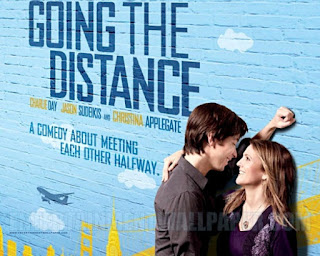By Yusra Cheng, YAIC Weekly
February 1, 2013
In a morning, an old man, Jared,
escaped from a dangerous situation. Neither a armed robber broke into
his house nor did he find himself face to face with a ferocious dog
during this bird walk. What he survived was his daily shower.
Falls are a common cause of older
people. Among his wife's and his circle of close friends over the age
of 70 ( he is 75 now ), one became crippled for life, one broke the
shoulder and one broke a leg in falls on the sidewalk. One fell down
the stairs, and another may not survive a recent fall.
Life expectancy for a healthy American
man of Jared's age is about 90. If he's to achieve his statistical
quota of 15 more years of life, that means about 15 times 365, or
5475, more showers. But if Jared were so careless that his risk of
slipping in the shower each time were as high as 1 in 1000, he'd die
or become crippled about five times before reaching his life
expectancy. He has to reduce the risk of shower accidents.
This calculation illustrates the
biggest single lesson : the importance of being attentive to hazards
that carry a low risk each time but are encountered frequently.
Studies have compared Americans'
perceived ranking of danger with the rankings of real danger,
measured either by actual accident figures or by estimated number of
averted accidents. It turns out that we exaggerate the risks of
events that are beyond our control, that cause many deaths at once or
that kill in spectacular way -- crazy gunman, terrorists, plane
crashes, nuclear radiation, genetically modified crops. At the same
time, we underestimate the risk of events that we can control and of
events that kill just one person in a mundane way.
However, Jared has become
constructively paranoid about showers, stepladders, staircases and
wet or uneven sidewalks. As he drives, he remain alert to his own
possible mistakes ( especially at night ), and to what carelessness
other drivers might do.
Jared's hyper-vigilance doesn't
paralyze him or limit his life : he doesn't skip his daily shower and
he keeps driving. He enjoys all those dangerous things, but he keeps
the risks of accidents far below 1 in 1000 each time.
Actually, this is not only just for the
elders but also those people like you and me. Several weeks ago, I
was fainted in the bathroom. Thanks God there were other people found
me and sent me to the hospital. After this horrible experience, I
become more careful about whether my health is in good condition.
Above all, just be aware of any tiny danger around you because it may
be a lethal.
News adopted from Jared Diamond
Published in The New York
Times on January 29
Pictures by Alex Nabaum










![]()






.svg.png)




![]()
![]()



![]()


![]()
 In Asia, Democratic People's Republic of Korea, abbreviated as DPRK, has recently done nuclear tests. The picture on the below is a nuclear test site and water cooling plant. It showed that DPRK started to warn countries not to interrupt them to start the war with South Korea. The enmity between DPRK and South Korea could trace back to the Korean War and therefore the revenge between DPRK and South Korea still have a long way to improve the situation.
In Asia, Democratic People's Republic of Korea, abbreviated as DPRK, has recently done nuclear tests. The picture on the below is a nuclear test site and water cooling plant. It showed that DPRK started to warn countries not to interrupt them to start the war with South Korea. The enmity between DPRK and South Korea could trace back to the Korean War and therefore the revenge between DPRK and South Korea still have a long way to improve the situation. In the Middle East, there were many uprisings two years ago. People in the Middle East are eager to get the right of freedom and the most important problem is the poverty gap.
In the Middle East, there were many uprisings two years ago. People in the Middle East are eager to get the right of freedom and the most important problem is the poverty gap.![]()
![]()